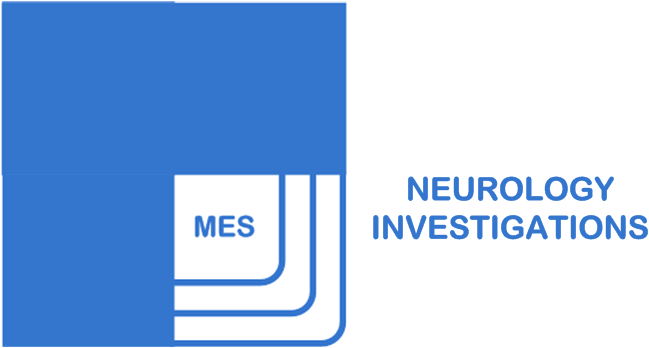Clinical electrodiagnostic examination is composed of two main tests: nerve conduction studies and needle electromyography (EMG). Additional electrodiagnostic procedures include F waves, H reflexes, and repetitive nerve stimulation.
Nerve conduction studies assess peripheral motor and sensory functions by recording the evoked response to stimulation of peripheral nerves. There are two main types of NCS: motor and sensory.
 Motor nerve conduction studies are performed by stimulating a peripheral nerve. This evokes compound muscle action potential (CMAP), which is recorded from the muscle innervated by that nerve.
Motor nerve conduction studies are performed by stimulating a peripheral nerve. This evokes compound muscle action potential (CMAP), which is recorded from the muscle innervated by that nerve. Sensory nerve conduction studies are usually performed by stimulating mixed nerve and recording from cutaneous nerve or vice versa (see later).
Sensory nerve conduction studies are usually performed by stimulating mixed nerve and recording from cutaneous nerve or vice versa (see later).Nerve conduction studies assess only large, heavily myelinated nerve fibers.
Reference:
- Aminoff, MJ. Electrodiagnosis in Clinical Neurology: Nerve conduction studies, New York: Churchill Livingston, 4th edition
- Kimura J. Electrodiagnosis in disease of nerve and muscle: Principles and Practice, New York: Oxford V. Press, 3rd edition

No comments:
Post a Comment